September 26, 2024
Safe Fruits & Veggies
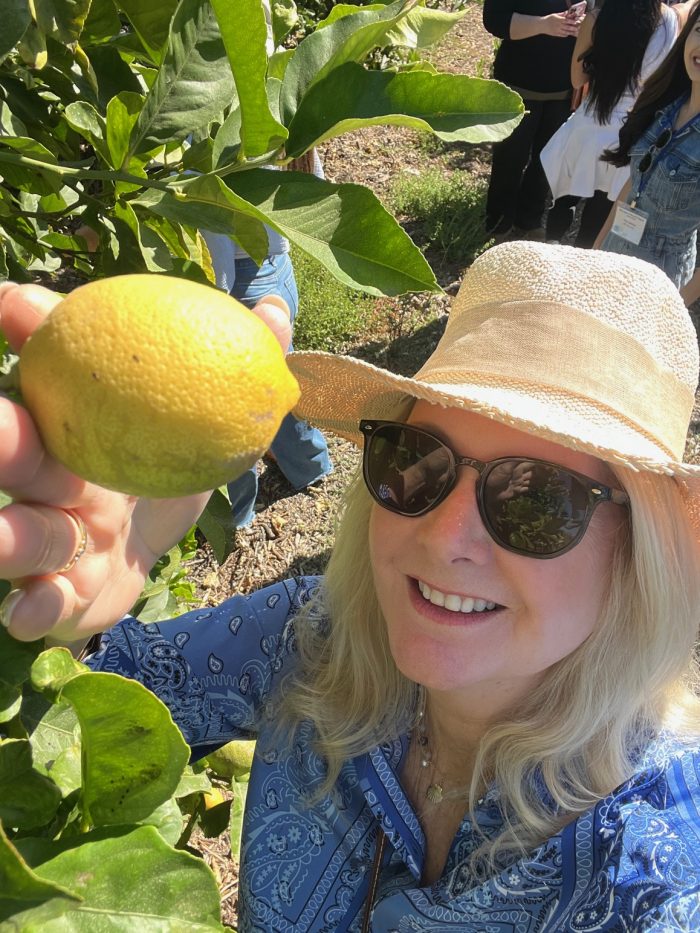
Farm living is the life for me!
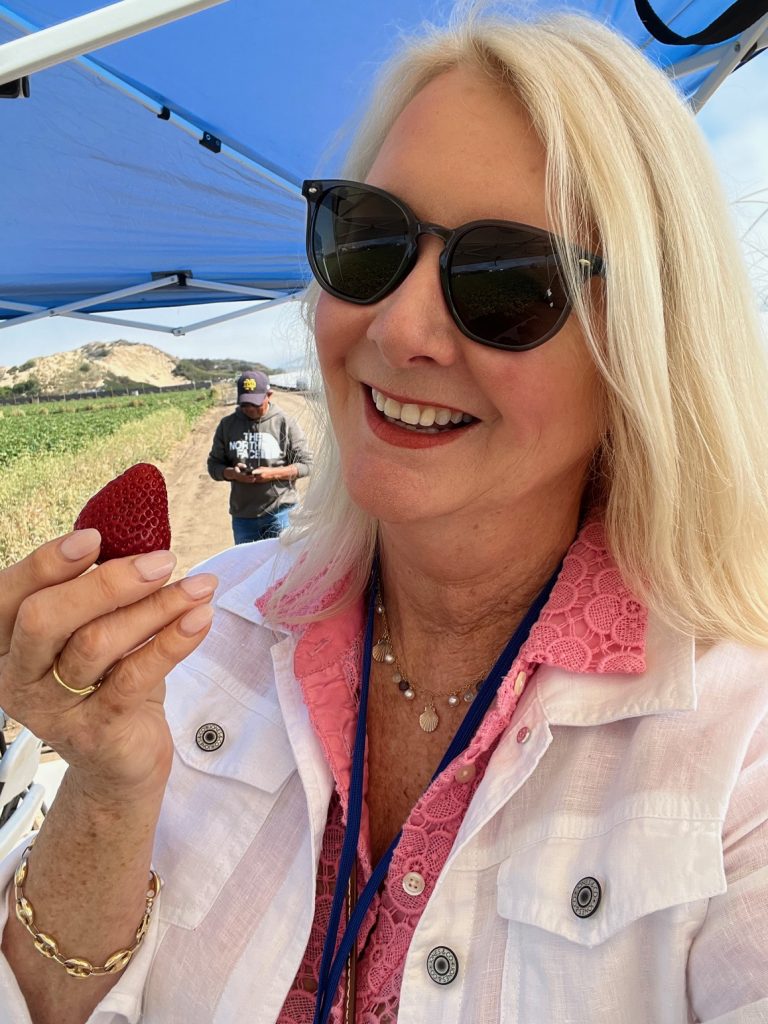
Nature! Sunshine! Thriving fields of gorgeous crops!
But, as you can imagine that doesn’t just happen on its own.
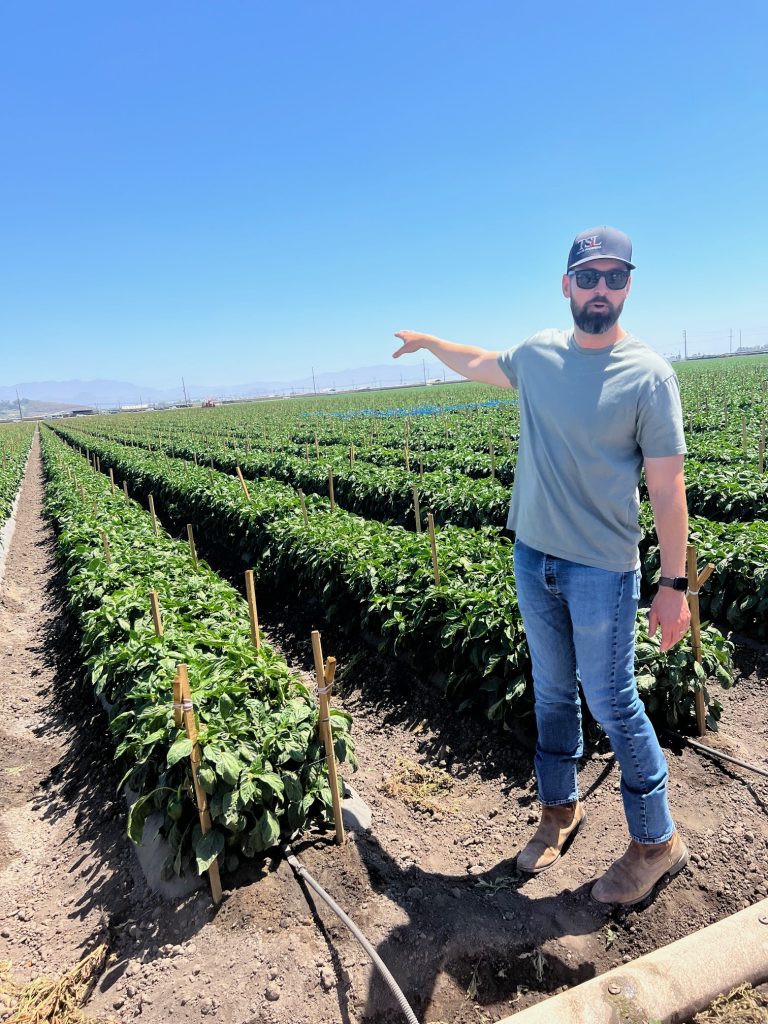
Thank a Farmer
Farmers have always been the key ingredient in our food supply and today their job is a juggling act of navigating soil management, water management, labor management and yes, of course, pest management.
Anyone who’s ever grown a pot of basil on their porch or tomatoes in their back yard can understand the feeling of seeing those bug bites in your carefully tended leaves and fruit.
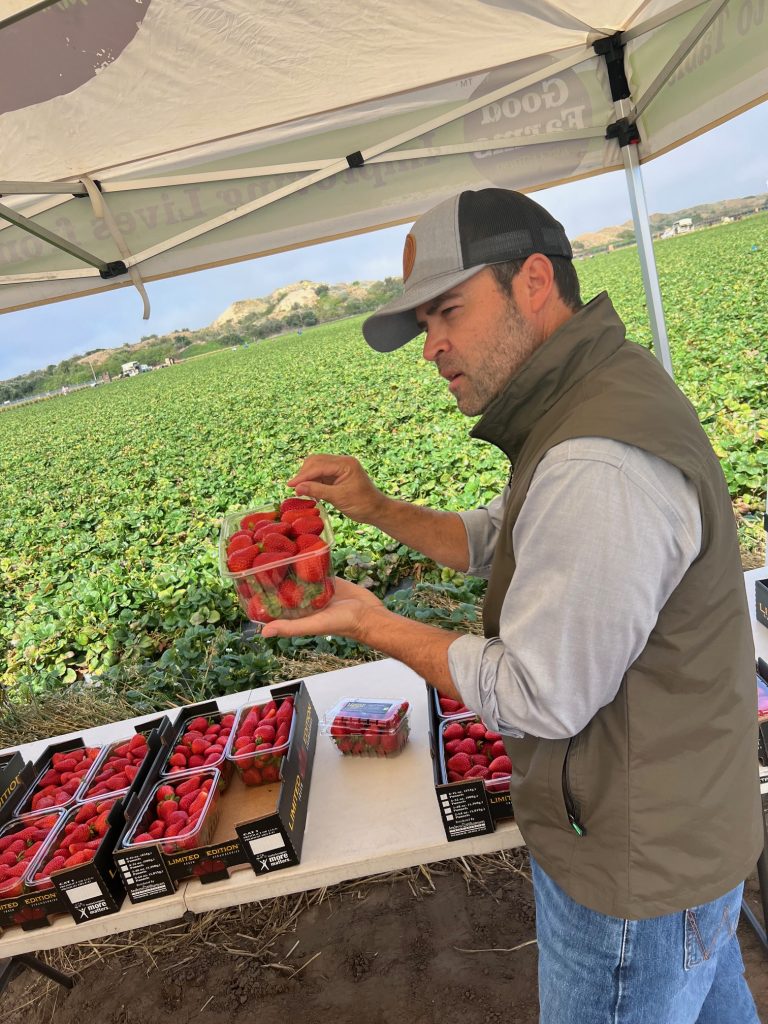
Farm Tour!
So, let’s go down on the farm to learn a bit more about the realities of taking care of the crops, the land, the water and yes, taking care of the good bugs so they eat the bad bugs!

Welcome to California’s Central Coast
Recently, I had the opportunity to visit California’s central coast which is where so many of the crops we love are grown including strawberries, lemons and bell peppers.
The host for my trip along with other registered dietitians was the Alliance for Food and Farming, a non- profit organization dedicated to helping us all understand more about growing safe produce, organic and conventionally grown.
Oh, and that means lots of delicious recipes along the way!
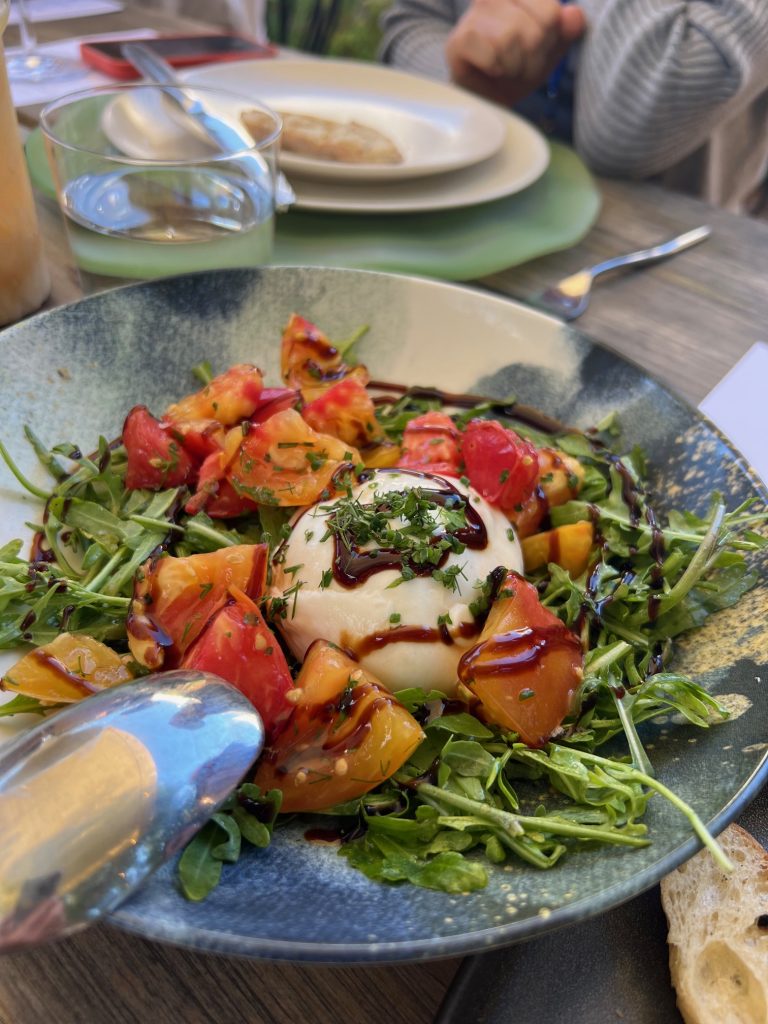
Three Terrific Things I Learned to be “Outstanding in My Field”
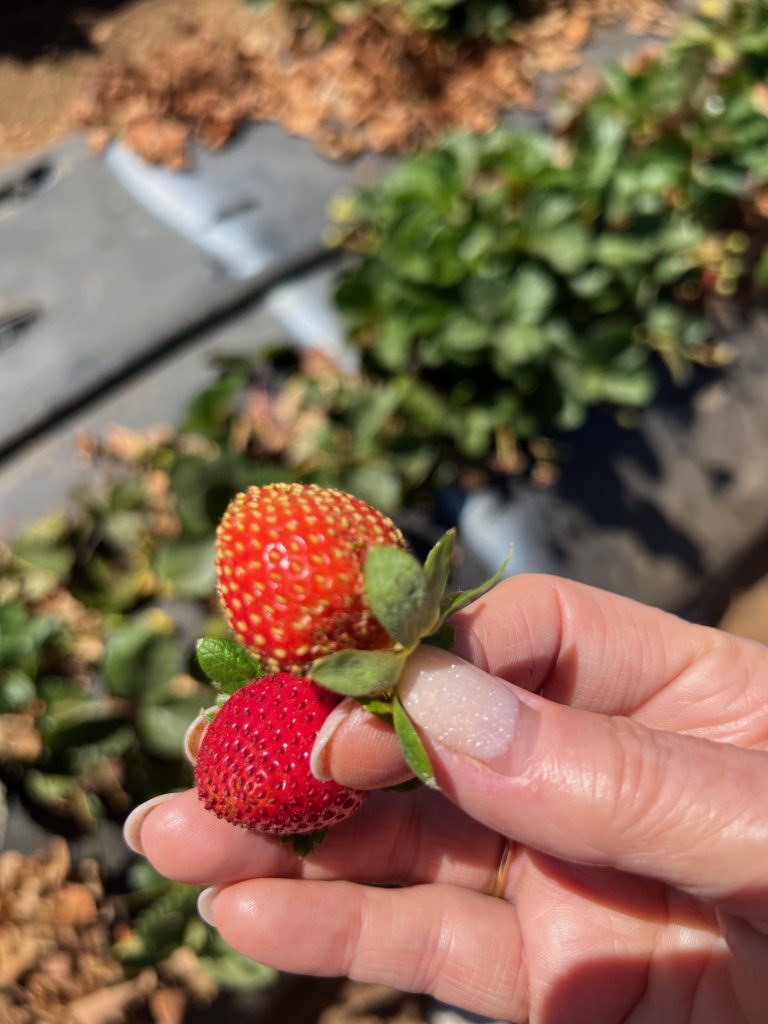
ONE: Water is Wet Gold
As they say, it never rains in California, well that’s good because crops need sunshine but they also need water and this precious commodity is carefully managed to make sure those life giving drops get right to the plant via drip irrigation. Did you know that California strawberry farmers were among the first to pioneer drip irrigation?? One plant needs about 8 ounces of water per day to produce the plump, juicy berries we all crave. Thank you California Strawberry Commission! Their website is chockfull of strawberry recipes from appetizers to entrees and beverages too of course.
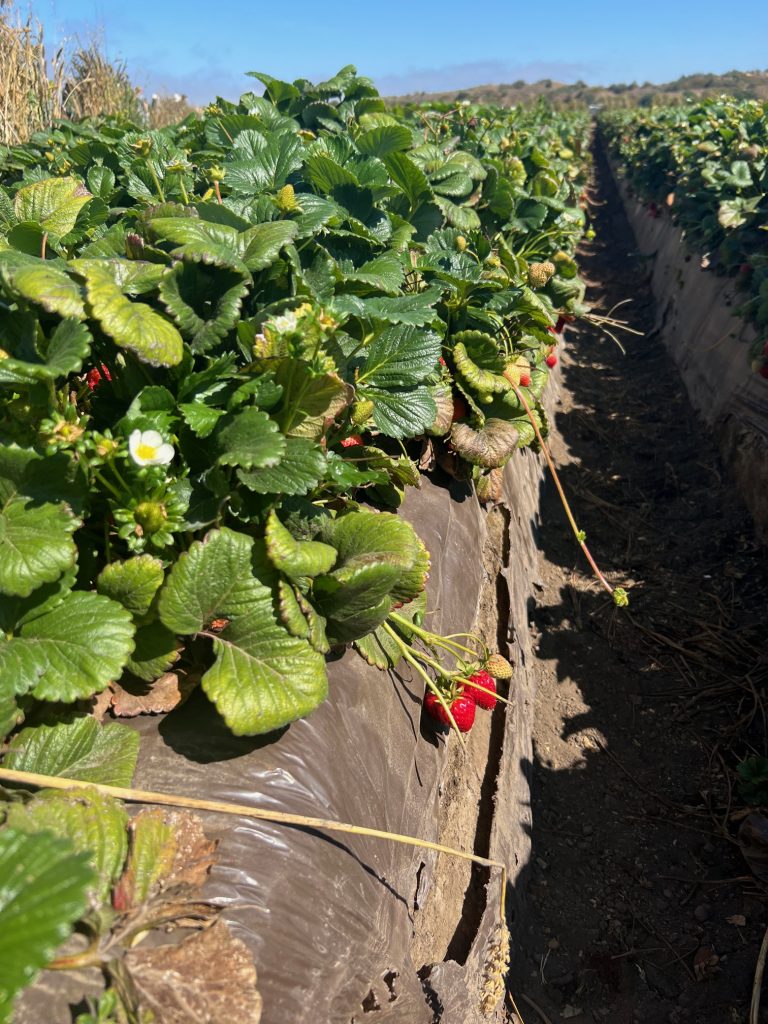
TWO: Good Bugs and Great Ideas
Do I always have to buy organic produce? The answer is no you don’t. It’s amazing what all farmers are doing to minimize pesticide use and choose pesticides that are safer for the land, for consumers and the workers tending the fields. The reality is that bugs are smart and it takes a smarter farmer to continue to outsmart them. Check out this photo of the teeny tiny bugs on a strawberry leaf. They will destroy the plant if they’re left to do their thing. But, don’t worry …healthy help is on the way!
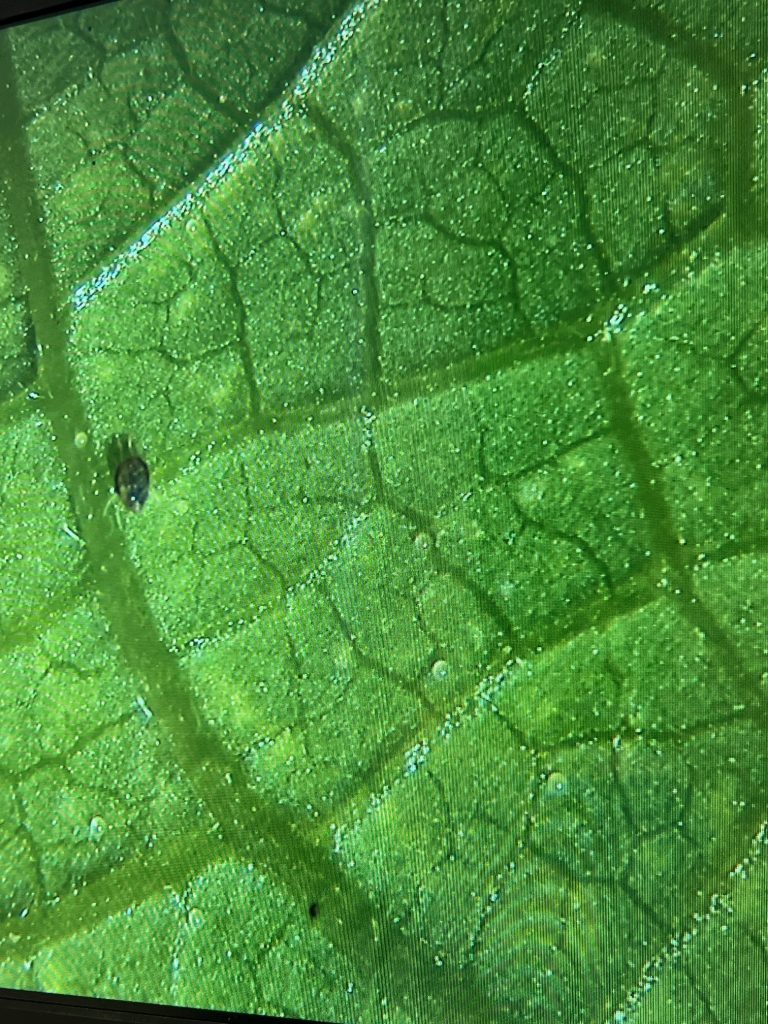
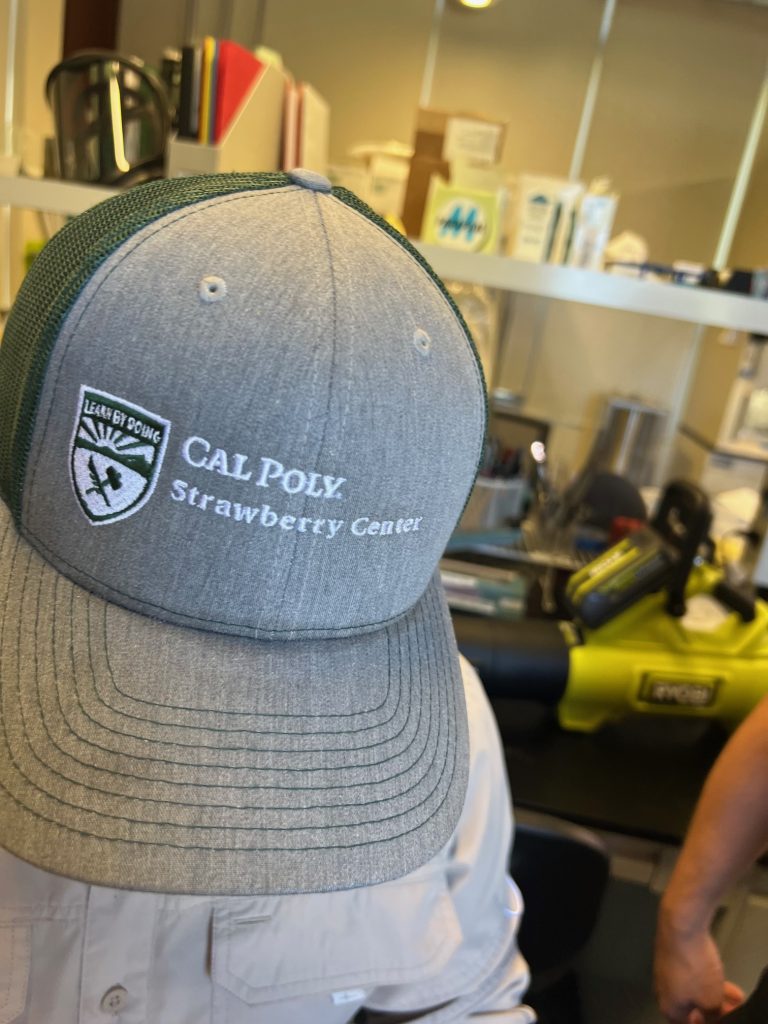
What’s your major? At Cal Poly San Luis Obispo you get to say “Strawberries”!
Researchers at the Cal Poly Strawberry Center and the future farmers, entomologists and plant pathologists studying there are hard at work preventing plant diseases and insect infestations that threaten the strawberry crop. One smart innovation is a tractor sized vacuum that sucks up the bad bugs in the field, so the use of pesticides is minimized.
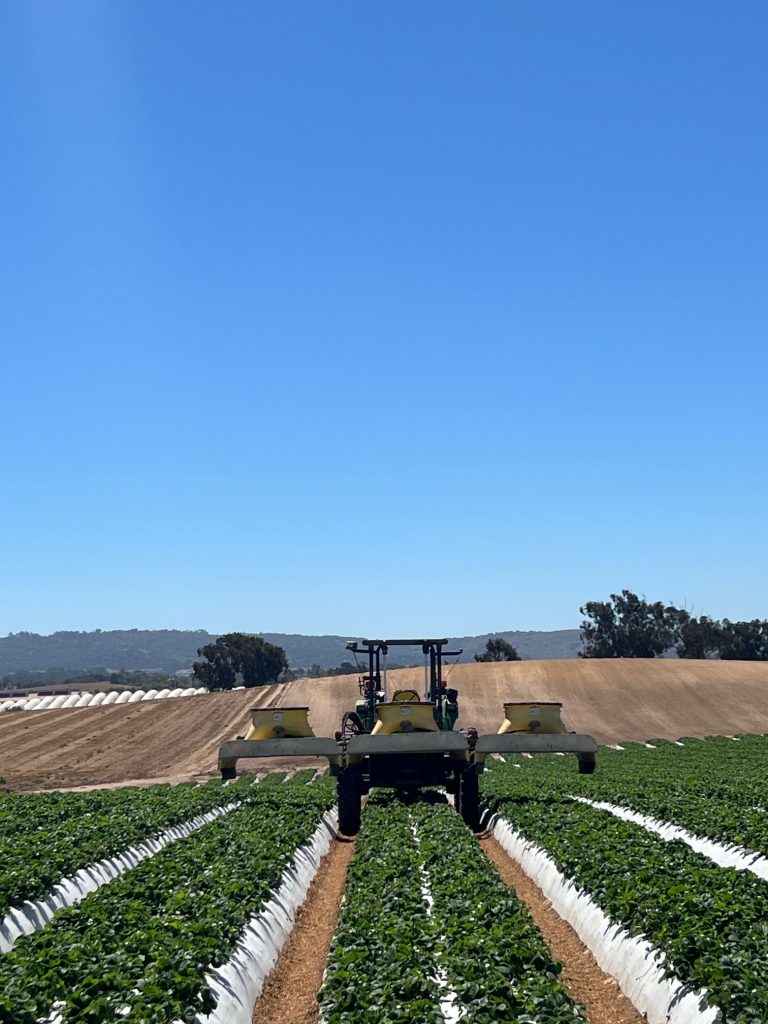
THREE: Lemons do grow on trees, but harvesting is changing.

Taking care of the land is part of the plan, but at farms like Limoneira in Santa Paula, California a major part of the plan is taking care of workers who harvest and pack their lemons, avocado and other crops.
In business for over 130 years, Limoneira, has provided for their community of employees so well that folks work there for decades and for multiple generations. Now, with an eye on the future, they literally changing the shape of the lemon industry.
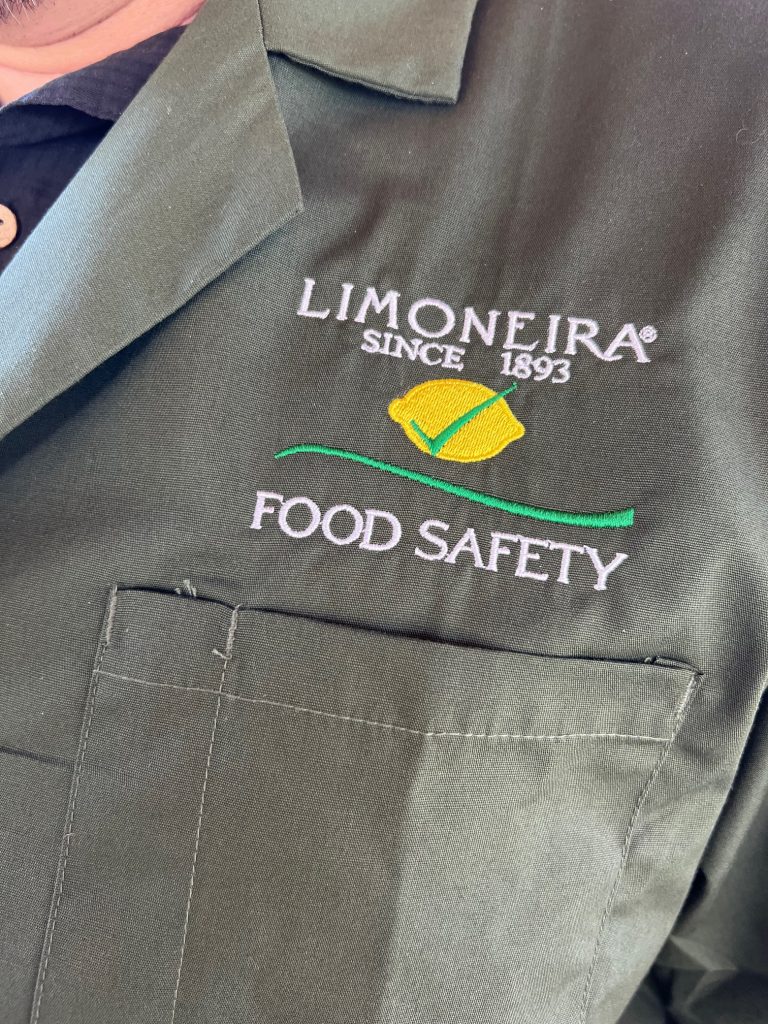
Lemon trees are classically round and workers harvest the fruit from ladders, carefully cutting the lemon from each stem. But, now research begun at Limoneira is testing a new way to grow the trees so they are trellised like grape vines and planted much closer together. This will allow for mechanical harvesting in the future. Time will tell. In the meantime, let’s love those delicious lemons in foods and drinks! Did you know that lemons are picked green and turn yellow later?
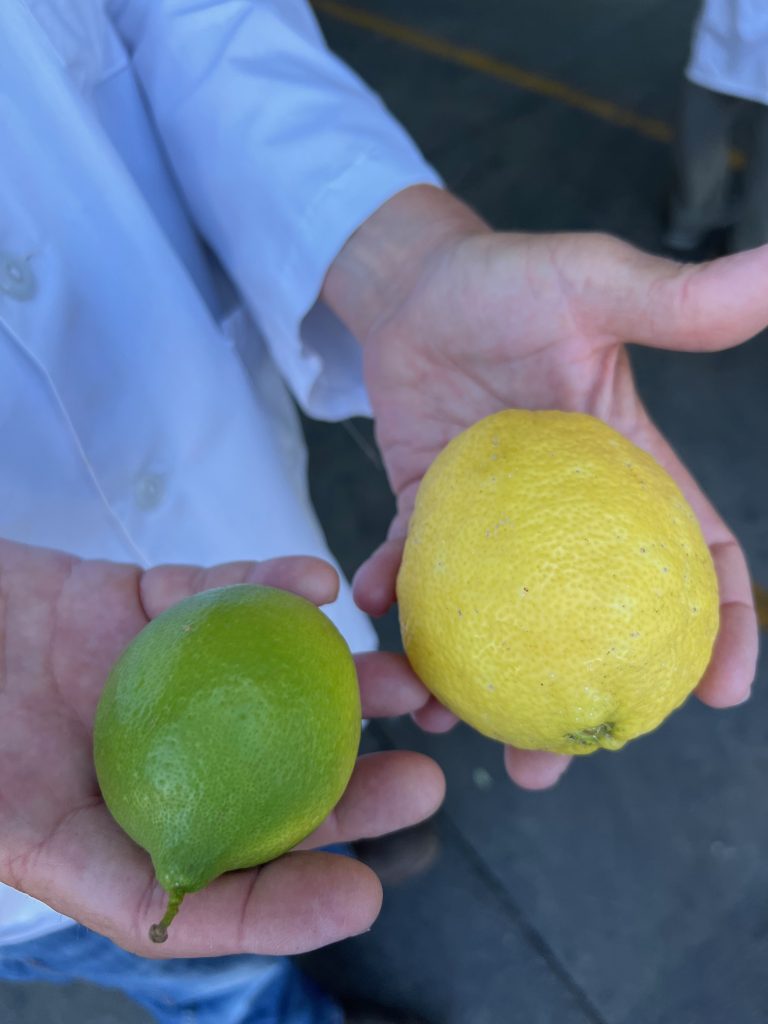
Bonus Content:
Remember those plastic packages for strawberries I showed at the top?
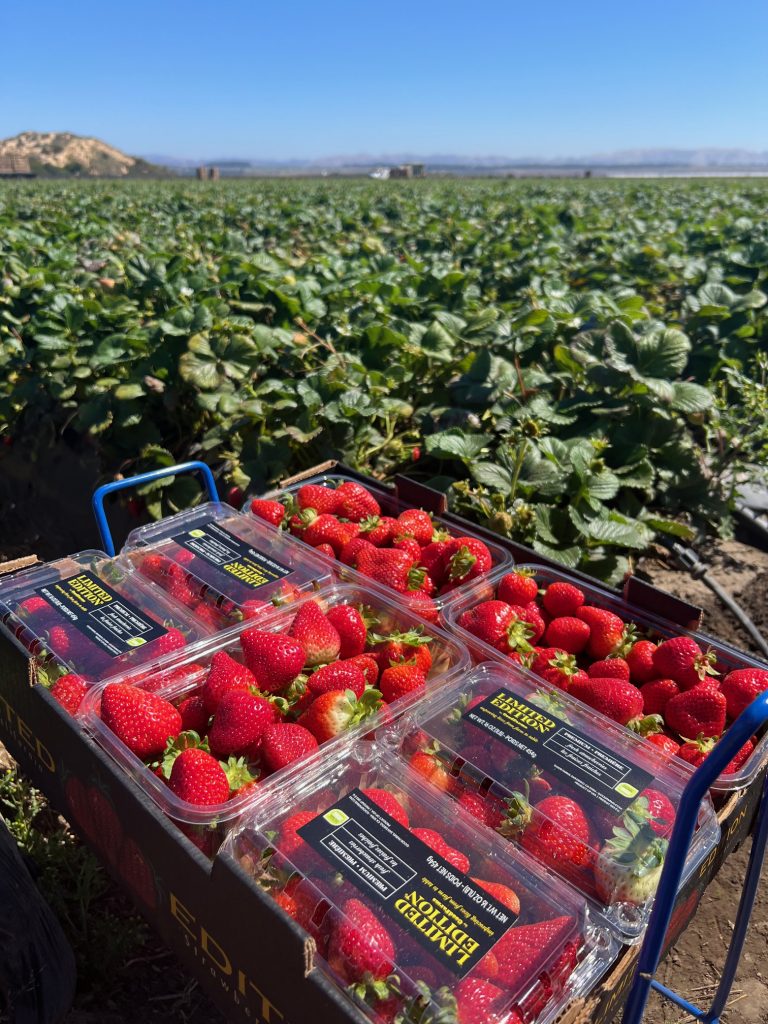
Good Farms is innovating a way to use less plastic in “clam shells” by skipping the thick top closer and using a thinner plastic film instead. This makes it easier for workers to harvest the berries because they don’t have close the tops. The film is added later in packaging and bonus, the berries stay fresher longer for us to enjoy!
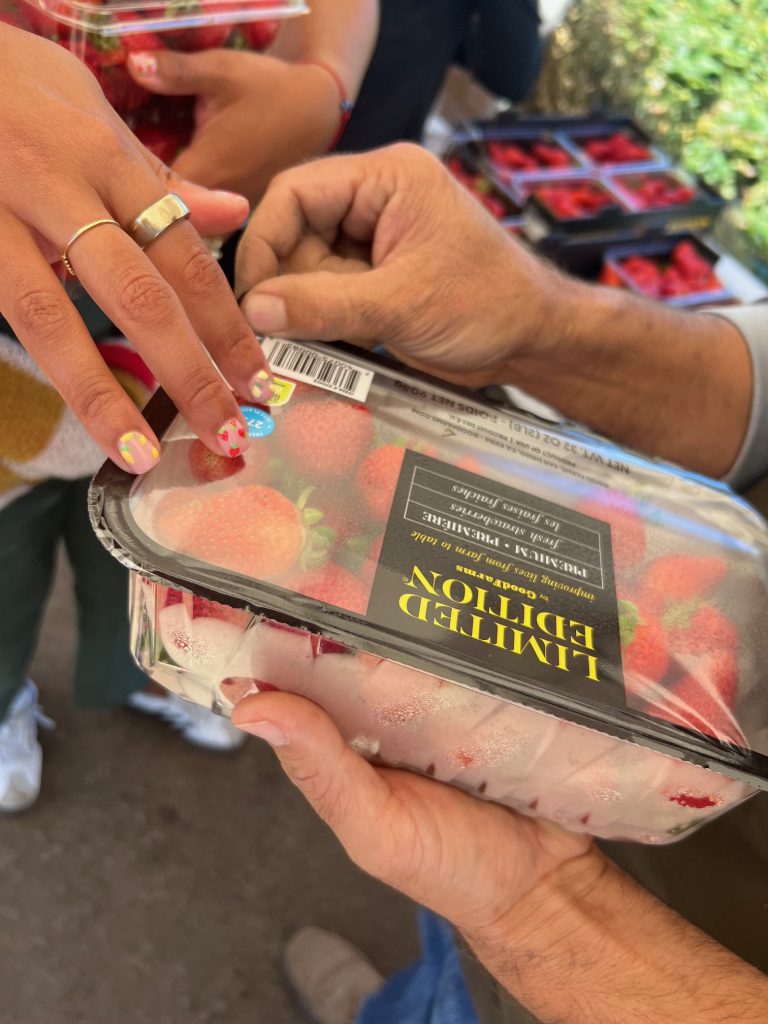
Safe, fresh, delicious and fabulous that’s who we all like our produce.
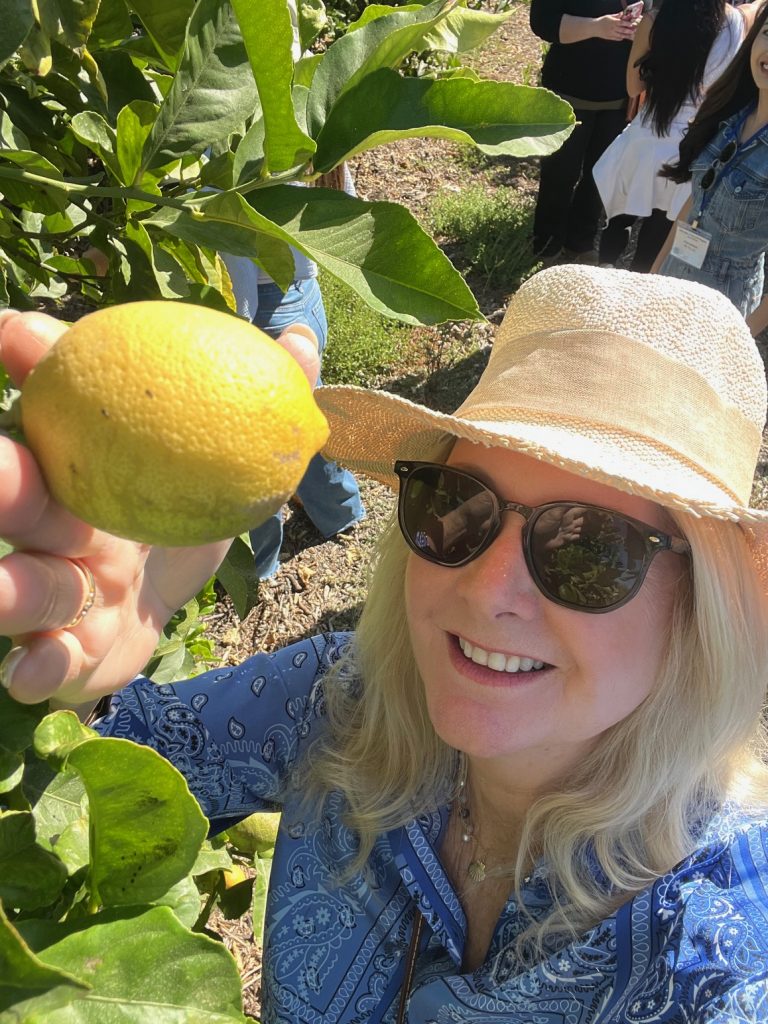
Thank you to our 2024 Safe Fruits and Veggies Farm Tour Sponsors
International Fresh Produce Association
California Strawberry Commission
Alliance for Food and Farming.
#sponsoredtravel #sponsoredpost #mypointofview





